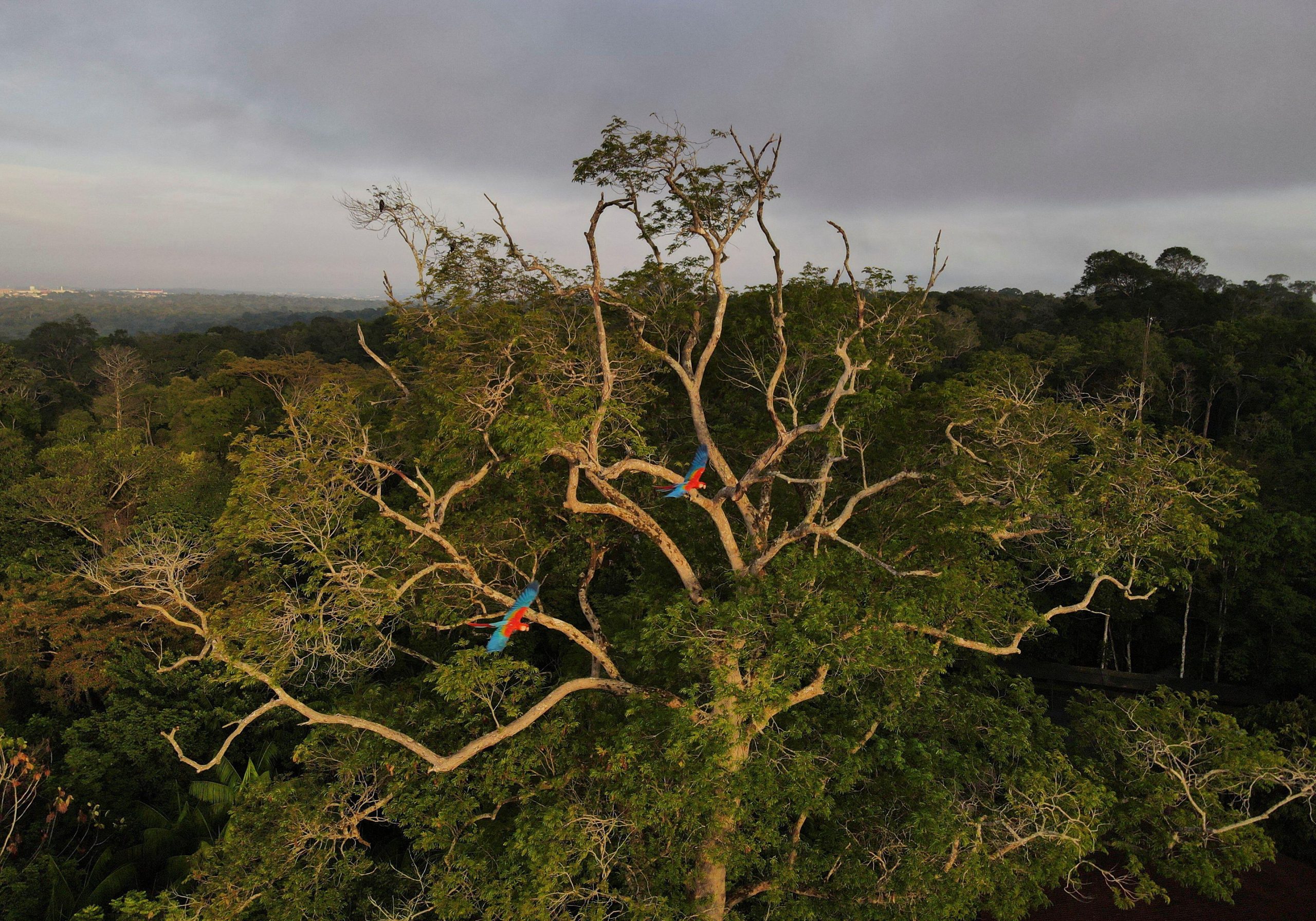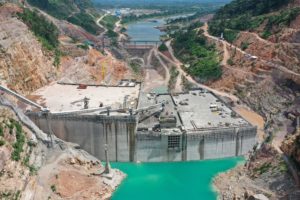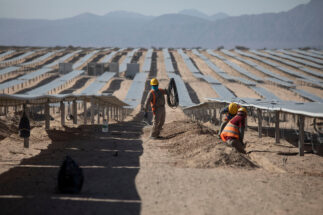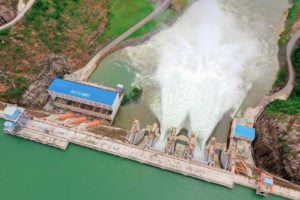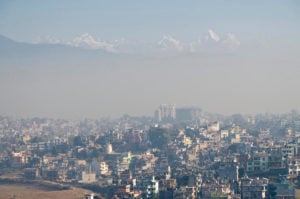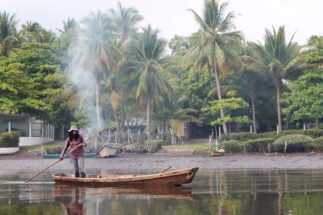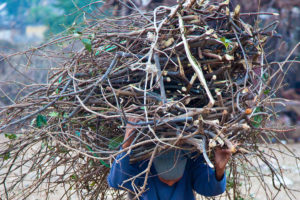As we enter the Chinese Year of the Rabbit, there’s muted optimism and much uncertainty regarding global action on climate change and the environment.
Last year saw some progress: the creation of ambitious biodiversity targets and the establishment of a loss and damage fund to help vulnerable countries deal with climate change, for example.
But the new year presents plenty of challenges that threaten action on the intertwined issues of climate change and biodiversity loss. An unclear economic outlook, coupled with high inflation and food insecurity in many developing countries, is straining countries’ ability to service debt and will hinder action.
Key areas to watch include: whether China will use its global infrastructure initiatives to step up climate action; a recalibration of relationships between China and the US, and China and Brazil; whether 2023 will be the year Latin America gets a grip on deforestation; and the food security situation in Somalia, which is on the brink of famine.
In this article, we’ll explore the outlook in these crucial areas.
China’s changing global footprint
This year marks the 10th anniversary of the Belt and Road Initiative (BRI), President Xi Jinping’s flagship global infrastructure strategy. Through it, China has provided crucial financing and construction services to countries in Asia, Europe and Africa. However, several BRI projects have also been criticised for lacking transparency and attention to environmental and social impacts.
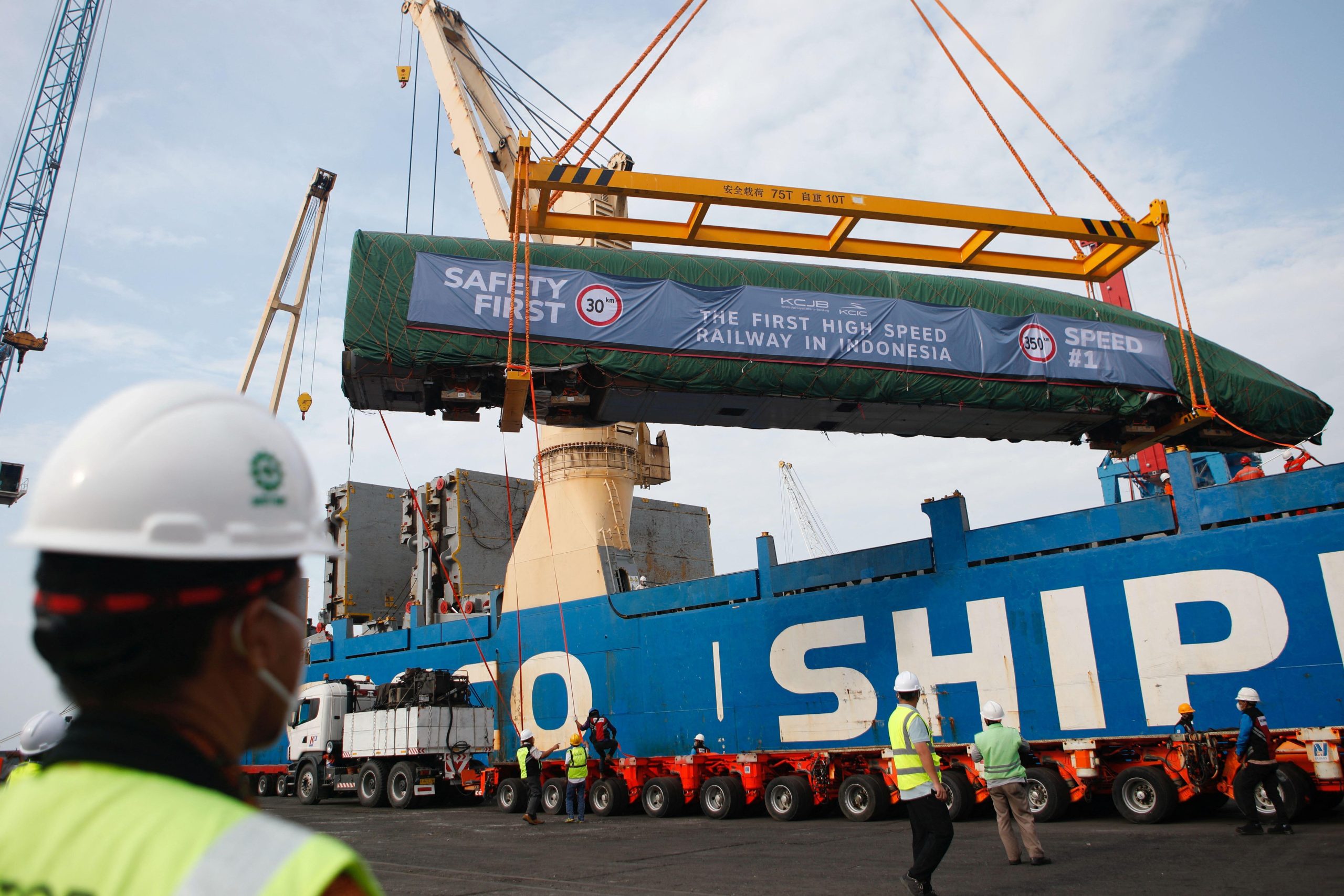
Since Xi Jinping announced an end to support for new coal power projects overseas back in 2021, China has been increasing its support to renewable energy projects. The progress it makes in this area in 2023 could be crucial to the planet’s climate trajectory.
Debt
Debt is another issue that will again appear high on the climate agenda this year. The uncertain global economic outlook, interest rate hikes in all the major economies and a strong dollar are making it increasingly difficult for poorer countries to service their debt. One impact of this across much of the developing world is fewer resources for sorely-needed mitigation, adaptation and emergency responses to the climate crisis.
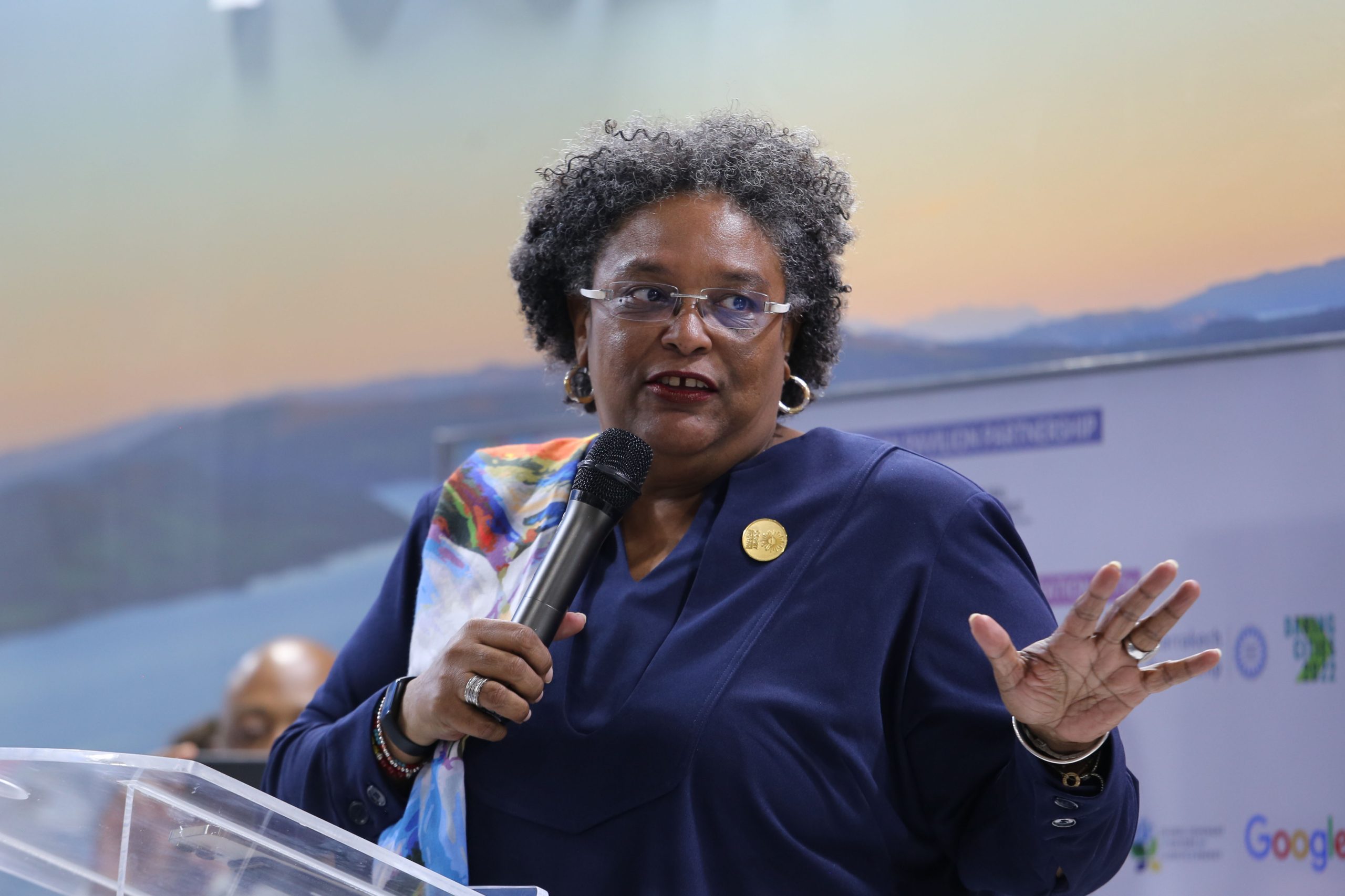
Relations with the US
After climate talks were put on ice following the visit of former US House Speaker Nancy Pelosi to Taiwan, the Chinese and US climate envoys Xie Zhenhua and John Kerry confirmed at COP27 that they had been holding informal calls. They spoke again in early 2023, suggesting that the rapport between the two senior diplomats has weathered the most recent storm in China–US relations.
Will the agenda be torpedoed because major powers can’t get along?
Wang Yi, former foreign minister recently appointed to the Politburo, said China will “strive to recalibrate” the China–US relationship. Though he made no mention of climate, it is hoped that China, the world’s largest emitter of methane, will join the 150 other countries, including the US, that have signed the Global Methane Pledge to reduce emissions of the gas by 30% by 2030. At the very least, the draft of China’s methane control strategy is eagerly anticipated. Announced by Xie Zhenhua at COP26, the strategy will target emissions in energy, agriculture and waste treatment.
“In addition to their technical disputes – such as China’s carbon peaking timeline, methane reduction, and the US tariffs on Chinese renewable products – both countries will grapple with a fundamental question: can a global commons issue be separated from bilateral challenges, or will the agenda be torpedoed because major powers can’t get along?” said Li Shuo, senior global policy adviser at Greenpeace East Asia.
For Li, “key testing points” will be US Secretary of State Antony Blinken’s China visit next month, the APEC summit (an annual meeting of business and government leaders in Asia Pacific) in California in November, and the COP28 climate conference.
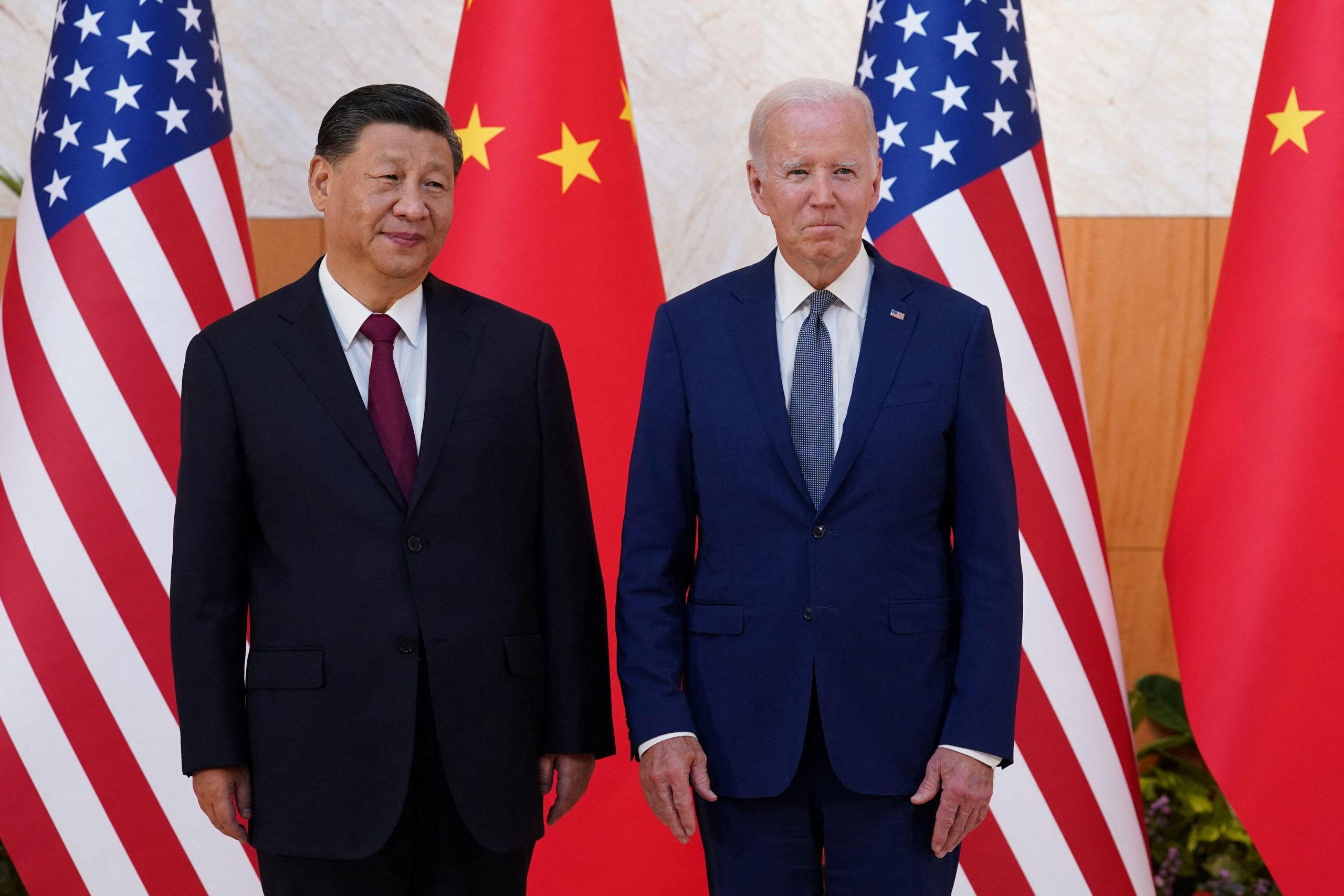
Relations with Latin America
With elections in Brazil, Chile and Colombia bringing left-leaning, climate change-championing governments into power across large swathes of Latin America last year, relations between China and the region could come under some strain in 2023.
“These dynamics may challenge the geopolitical closeness between China and Latin America,” predicted Guo Cunhai, coordinator of the Centre for China and Latin America Studies (CECLA). “China’s investments in mining and infrastructure projects in the region are highly likely to stir up conflicts between Chinese companies and local communities, which will negatively affect China–Latin America relations.”
Nevertheless, it is very probable China will remain a powerful trade and economic partner for countries across the region.
Jair Bolsonaro had a zero forest policy. The new government’s policy is zero deforestation.
“China is anxious to revive the economy and its trade with Latin American countries after the Covid-19 pandemic,” said Alvaro Mendez, senior research fellow at the London School of Economics and Political Science (LSE) and director of the LSE Global South Unit.
One particular relationship to watch will be that between China and Brazil’s Luiz Inacio Lula da Silva whose new government brings a breath of fresh air to the environmental agenda, especially for the Amazon. President Lula plans to visit Brazil’s largest trading partner within his first few months in office. “China will be the most important player to put pressure on Brazil to reduce deforestation, as it buys a large proportion of our agricultural commodities,” said Marcio Astrini, executive secretary at Brazil’s Climate Observatory. Astrini believes that there will be a “radical change” in relation to environmental policy: “Jair Bolsonaro had a zero forest policy. The new government’s policy is zero deforestation”.
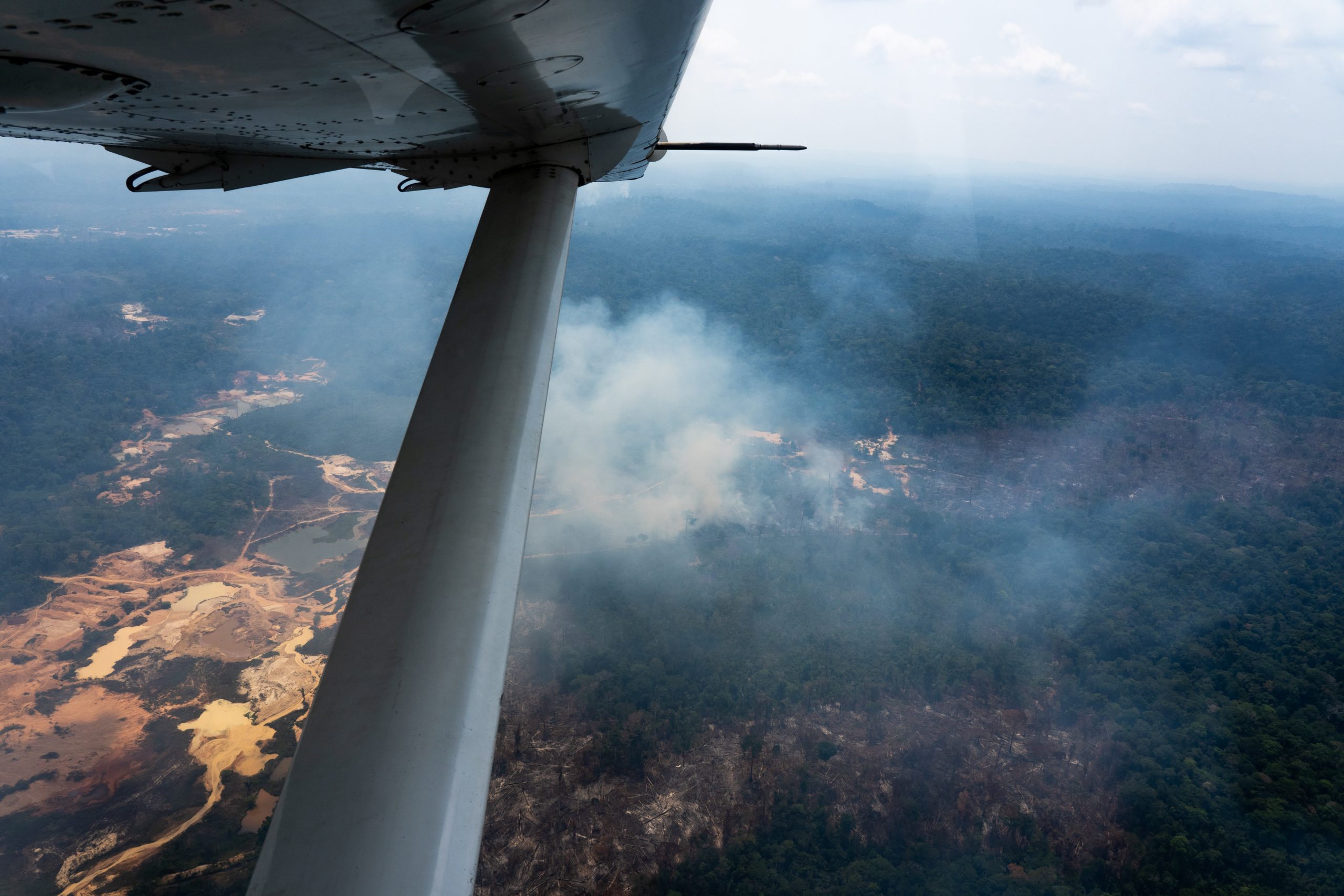
Ecologist Paulo Moutinho, from the Amazon Environmental Research Institute, said he is hopeful about the new administration: “The team in charge of the Ministry of the Environment and Climate Change is the one that was in charge when there was an 80% reduction in deforestation”.
Natalie Unterstell, president of the Tanaloa Institute, believes that the new government’s mission is to draw a line between what is crime and predatory practice and “serious entrepreneurs” who are truly committed to preserving the rainforest. “If successful, it will be able to support investors and entrepreneurs in the bioeconomy, which is not flourishing today because it cannot compete with criminal products and practices,” she says.
In Colombia, too, reducing forest loss has become one of the main commitments of the new government – in 2021, 174,103 hectares were destroyed. Colombia sees international cooperation with countries such as the United Kingdom as fundamental to financing and implementing its strategy for addressing deforestation. Could this be the year the region turns the tide on this scourge on nature and people?
Relations with Africa
The end of 2021 saw the signing of the “Declaration on China-Africa Cooperation on Combating Climate Change” at the 8th Forum on China-Africa Cooperation. Other documents signed at the forum pledged an increase in investment in low-emission energy technologies, singling out solar as an area for further cooperation. The potential for China, a global leader in renewable technologies, to boost clean energy generation on the continent has since grabbed much attention and will again be in focus throughout 2023 as observers look for evidence that China is fulfilling its pledge to increase investment. Meanwhile, discussion on the potential for China and traditional development partners such as the EU and US to cooperate on scaling up renewable energy projects in Africa will likely become more prominent as economic headwinds make traditional investment models more challenging.
We must get the resources needed to save lives and stop people plunging into catastrophic levels of hunger and starvation.
On the environmental front, climate impacts in Africa were in the spotlight last year as the UN climate talks came to the continent. With loss and damage high on the agenda at this year’s talks in the UAE, climate vulnerability will continue to be a focus. Countries across West Africa, notably Gambia, are grappling with sea-level rises and coastal erosion. Consequently fishers are abandoning fish-landing sites – causing increased competition for landing sites and shortage of fish – and hugely impacting livelihoods. Beach sand mining is also affecting coastal vegetation and marine biodiversity.
Meanwhile, the Horn of Africa and the Sahel are facing severe food security challenges linked to climate change and conflicts. Humanitarian organisations indicate that for the first time since 2011, famine is likely to be declared in parts of Somalia, with up to 6.3 million people forecasted to face food insecurity in the first quarter of this year. “There is still no end in sight to this drought crisis, so we must get the resources needed to save lives and stop people plunging into catastrophic levels of hunger and starvation,” said World Food Programme executive director David Beasley in a statement.
The scenario thus calls for African governments to urgently prioritise innovative methods to adapt to climate change in the course of the year.
